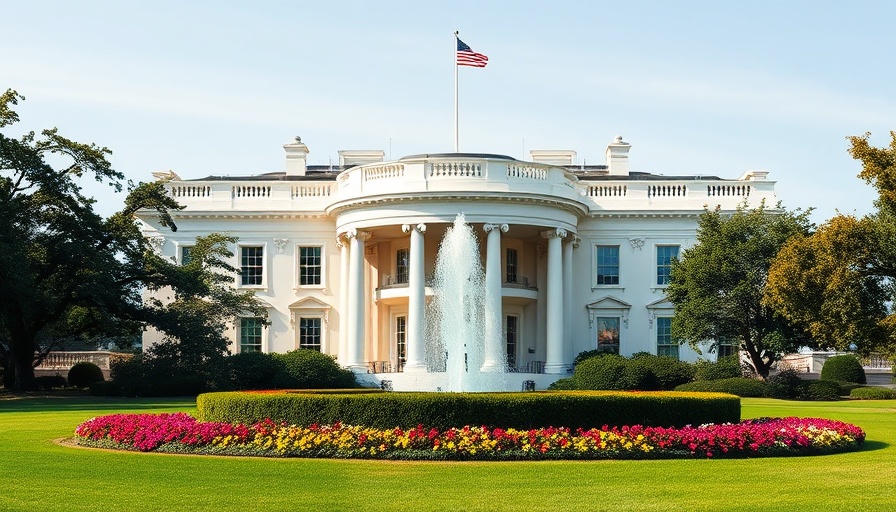
The Tax Reform Puzzle: A Closer Look at 2025
As we approach 2025, the conversation around tax reform is heating up. Much like assembling a complex jigsaw puzzle, the various elements of tax policy must come together to form a coherent picture. Each piece holds significance and potential, but understanding their interconnections is essential for clarity. Here’s a deeper exploration of the major components that could shape the tax landscape in the upcoming year.
Understanding Tariff Changes
The foundation of the 2025 tax reform both reflects and propels the agenda set forth by President Trump, who has been vocal about implementing extensive tariff changes. In his inaugural speech, he vowed to “tariff and tax foreign countries to enrich our citizens.” This suggests that tariffs will play a crucial role in financing tax reforms aimed at alleviating the burden on American citizens. If successful, tariff changes could significantly impact the economy, influencing everything from imports to local businesses’ operational costs.
The Fate of the TCJA
The Tax Cuts and Jobs Act (TCJA) remains a pivotal piece of this puzzle. Enacted in December 2017, this act brought significant tax changes, including new income tax brackets and an increased standard deduction. However, many benefits established under the TCJA are slated to expire soon, creating a sense of urgency in Congress. Discussions about extending the TCJA highlight its importance for everyday Americans, especially those benefiting from the middle-class tax cuts that could be lost if action isn’t taken.
Legislative Solutions and Recommendations
The conversations are not just theoretical; lawmakers are actively brainstorming viable solutions to extend the TCJA while addressing budgetary concerns. The House Ways and Means Committee is considering several proposals, such as repealing green energy tax credits and adjusting the SALT deduction cap. Each of these proposals presents potential implications for individuals and businesses alike, illustrating the balancing act Congress must perform to appease various constituencies. Should the SALT cap be doubled for married couples or should education-related credits be kept intact? The decisions made will resonate across the nation.
Looking Ahead: What Does This Mean for You?
The impending tax reform underscores the importance of being informed about these developments, as they will inevitably affect your personal and business finances. Understanding how tariffs, extensions of existing tax acts, and legislative priorities may impact you allows for better strategic planning. It’s crucial to keep an eye on the shifting responses from Congress and align them with your financial strategies, be it for savings, investments, or everyday budgeting.
Broadening the Perspective: The Emotional Impact
Tax reform is not merely a political issue; it has tangible effects on people’s lives. As citizens grapple with the uncertainty of potential tax changes, many might feel anxious about their financial future. The fear of higher taxes or losing beneficial deductions can weigh heavily on individuals, especially those already struggling to make ends meet. Understanding the repercussions of these tax reforms can empower citizens rather than paralyze them with fear—an essential step toward taking constructive action.
Final Thoughts
The 2025 tax reform discussion may feel complex, much like a jigsaw puzzle with missing pieces, but keeping informed and engaged is the first step toward understanding how these changes could impact you personally. As we head toward 2025, remember that while these discussions unfold at the legislative level, they begin to shape the financial realities of everyday Americans.
 Add Row
Add Row  Add
Add 

 Add Row
Add Row  Add
Add 



Write A Comment